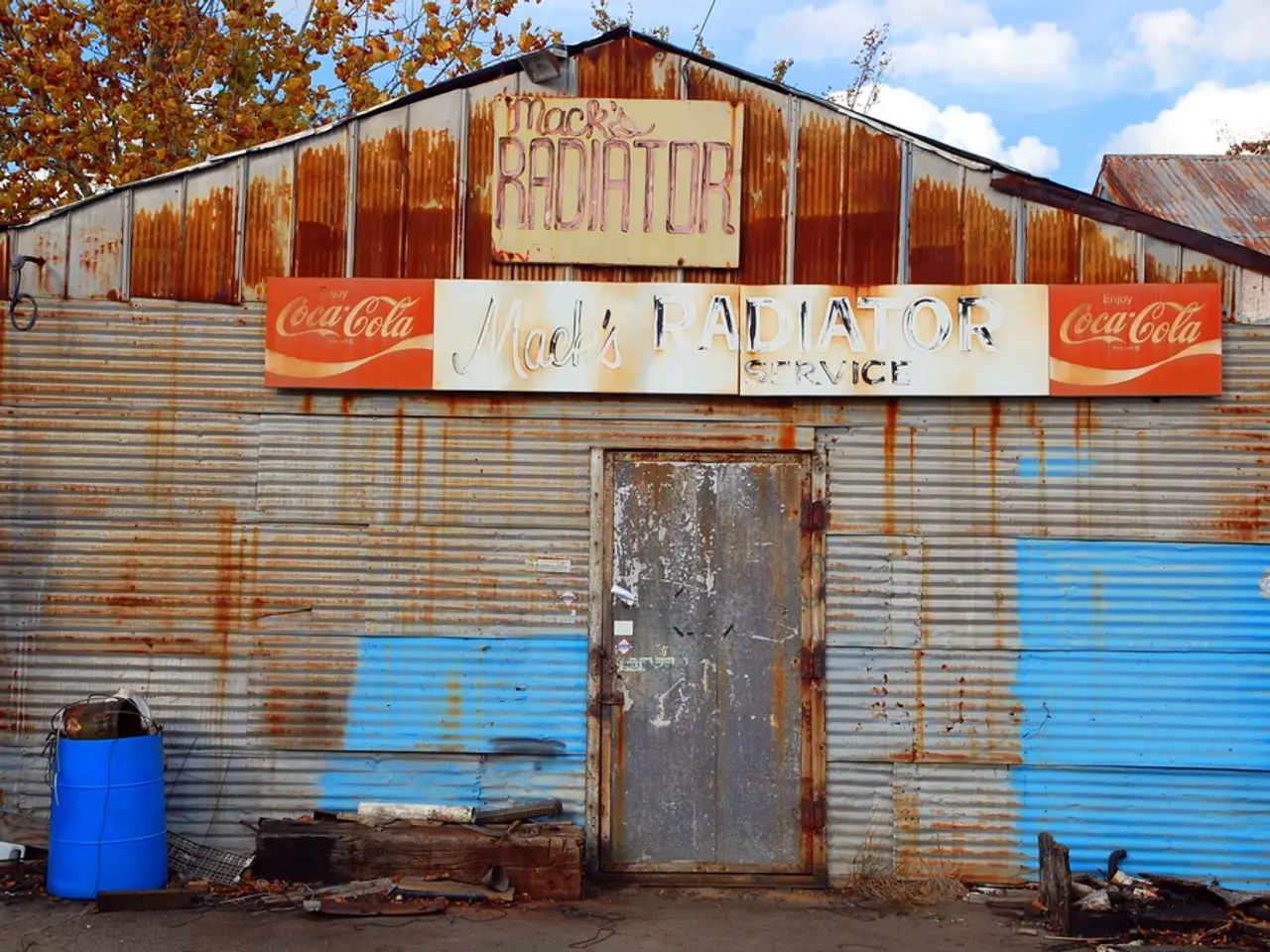HIV Alternative Therapy: Advantages and Drawbacks
In the ongoing battle against HIV, alternative therapies have gained popularity among people living with the virus (PLWH). These treatments, such as acupuncture, yoga, meditation, and massage, are known for their ability to help a person relax, manage pain, and improve mental and physical health [1]. However, it's crucial to note that the safety and effectiveness of these therapies in the context of HIV remain uncertain.
While some studies suggest that alternative therapies may be used adjunctively without compromising conventional antiretroviral therapy (ART), they are not disease-specific and treat the whole person, not just the illness [5]. This means that while they may provide relief from symptoms and improve a person's quality of life, they do not cure or stop the progress of HIV.
One area of concern is the potential interactions between alternative therapies and conventional HIV medications. Many herbal medicines and natural compounds can alter the activity of liver enzymes, such as cytochrome P450 isoforms, which metabolize many HIV drugs and anticoagulants [4]. These alterations can lead to under-anticoagulation, bleeding episodes, or changes in drug levels, potentially causing reduced efficacy or increased toxicity of ART or other prescribed treatments.
For instance, the use of medical marijuana may help improve appetite, alleviate pain, and reduce nausea associated with HIV medications, but its long-term safety and effectiveness are unknown [2]. Similarly, some supplements, such as St. John's wort, can interact with HIV medications and other drugs, potentially affecting how they work in the body.
It's essential to talk to a doctor before using marijuana as an alternative treatment for HIV to ensure it will not interfere with any other drugs being taken. Likewise, people should exercise caution when purchasing herbal supplements and medications due to potential interactions with HIV medications and preexisting health complications.
On the other hand, physical therapies like sports massage, chiropractic care, acupuncture, and medical massage can boost a person's mental and physical health. These therapies, while not curative, can help manage pain and stress associated with living with HIV.
In the United States, some health insurance plans cover alternative medicines such as chiropractic and acupuncture therapy. However, it's important to check with your insurance provider to understand what is covered.
In conclusion, while complementary and alternative therapies may be popular among PLWH, they should never replace proven ART due to risks of reduced treatment efficacy and unknown safety. Potential interactions with conventional medications require healthcare provider guidance to avoid adverse outcomes. The best-supported approach remains adherence to prescribed ART regimens approved through rigorous clinical testing.
[1] Centers for Disease Control and Prevention. (2021). HIV and Complementary and Alternative Medicine. Retrieved from https://www.cdc.gov/hiv/basics/livingwithhiv/treatment/complementary-alternative-medicine.html [2] National Institute on Drug Abuse. (2021). What is the science behind medical marijuana? Retrieved from https://www.drugabuse.gov/publications/research-reports/marijuana/what-science-tells-us-about-marijuana-and-cancer [3] National Institutes of Health. (2021). Gene Therapy for HIV. Retrieved from https://www.niaid.nih.gov/diseases-conditions/gene-therapy-hiv [4] National Center for Complementary and Integrative Health. (2021). Herbal Products and HIV. Retrieved from https://www.nccih.nih.gov/health/herbal-products-and-hiv [5] National Institute of Mental Health. (2021). Complementary and Alternative Medicine for HIV/AIDS. Retrieved from https://www.nimh.nih.gov/health/topics/complementary-and-alternative-medicine-for-hivaids/index.shtml
- Some people living with HIV (PLWH) have turned to meditation as an alternative therapy to help manage stress and improve mental health, following promising research on its efficacy.
- Prep, a medication used to prevent HIV transmission, is not an alternative therapy but a form of science-backed prevention that has been approved through rigorous clinical testing.
- In the realm of health and wellness, workplace wellness programs often include fitness and exercise, mental health support, and skin care advice, thereby promoting overall well-being.
- While physical therapies like yoga, chiropractic care, and acupuncture may boost a person's mental and physical health, they should not be used as substitutes for proven antiretroviral therapy (ART) in managing HIV.
- Research into gene therapy for HIV holds potential to revolutionize HIV treatment, offering a cure rather than just managing the symptoms of the disease.
- The cannabidiol (CBD) extracted from the marijuana plant may help alleviate symptoms such as pain and anxiety in PLWH, but the long-term safety and effectiveness remain uncertain.
- In addition to conventional treatment, other alternative therapies such as nutrition counseling, stress management, and biofeedback can be useful in improving a person's quality of life with HIV.
- When considering the use of supplements like vitamins, minerals, or herbal remedies alongside HIV medications, individuals should seek professional advice to avoid potential drug interactions that could negatively impact treatment efficacy or cause side effects.
- Therapies and treatments for HIV continue to evolve, with ongoing research into new therapies and treatments, promising a brighter future for people living with the virus.




